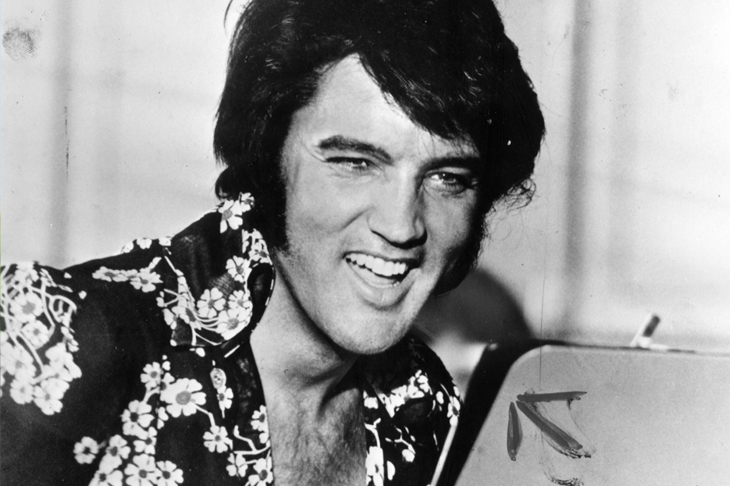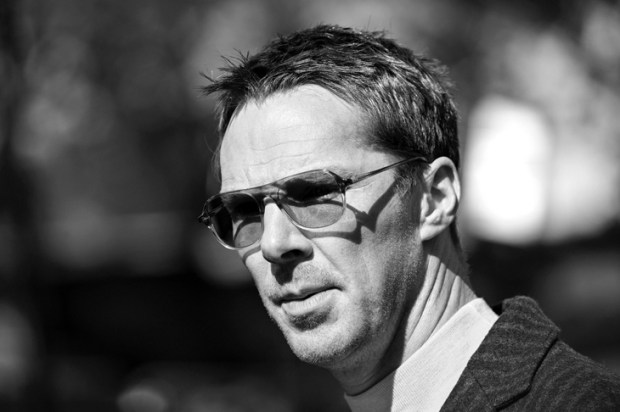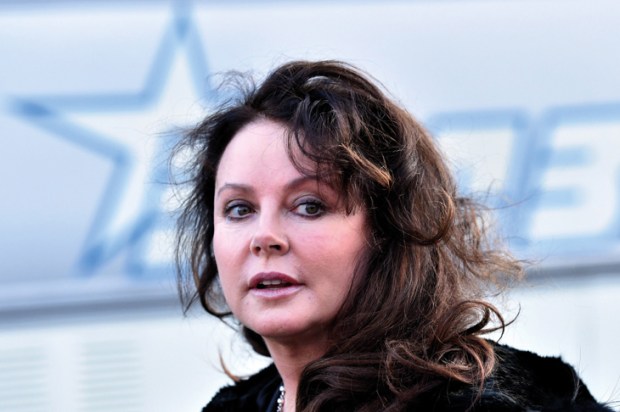It’s fascinating to hear that one of the greater theatre directors we have produced, Neil Armfield, is directing Anthony LaPaglia in Arthur Miller’s Death of a Salesman, opening at Melbourne’s Her Majesty’s Theatre in September.
Arthur Miller didn’t have quite the string of masterpieces that Tennessee Williams had but The Crucible – his great witch-hunting play set in puritan Massachusetts – and Death of a Salesman are something like ultimate yardsticks for that moment in mid-century drama that extends from Eugene O’Neill’s Long Day’s Journey into Night through to The Night of the Iguana (which took Bette Davis back to the...
Already a subscriber? Log in
Subscribe for just $2 a week
Try a month of The Spectator Australia absolutely free and without commitment. Not only that but – if you choose to continue – you’ll pay just $2 a week for your first year.
- Unlimited access to spectator.com.au and app
- The weekly edition on the Spectator Australia app
- Spectator podcasts and newsletters
- Full access to spectator.co.uk
Unlock this article
You might disagree with half of it, but you’ll enjoy reading all of it. Try your first month for free, then just $2 a week for the remainder of your first year.














Comments
Don't miss out
Join the conversation with other Spectator Australia readers. Subscribe to leave a comment.
SUBSCRIBEAlready a subscriber? Log in